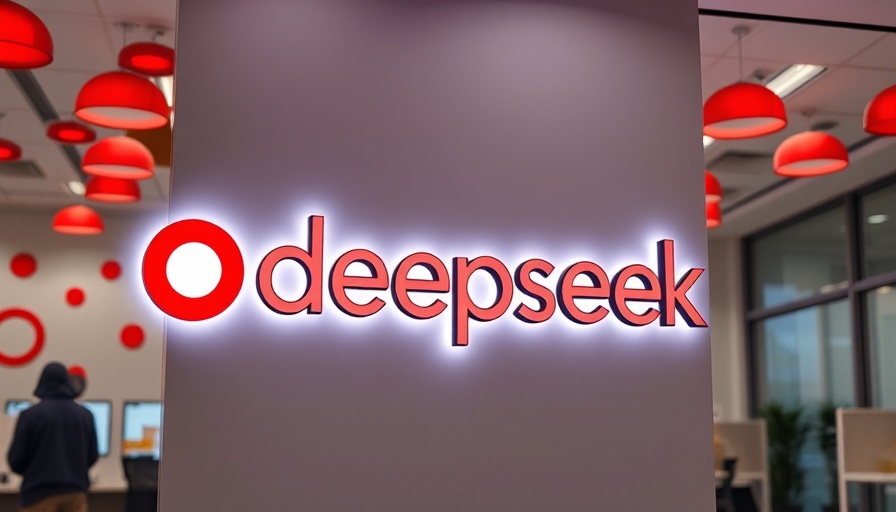
The Rise of Ad-Supported AI: What DeepSeek Means for the Future
In a recent shake-up of the artificial intelligence (AI) landscape, DeepSeek has made headlines by introducing an ad-supported model that could potentially change how consumers engage with AI technologies. With the sudden movement towards free access and lower-cost alternatives, the traditional business models fueling AI development appear to be in flux.
DeepSeek: A Game-Changer in AI Accessibility
Last month, DeepSeek launched various AI models that not only offer comparable performance to their more established counterparts but do so at a fraction of the cost. This move has triggered a wave of pricing and service adjustments among major players in the AI space. For instance, Baidu quickly reacted by enabling free access to its Ernie chatbot, while OpenAI and Elon Musk's Grok AI have similarly opened up access to more users, letting the consumer community enjoy premium features without a price tag.
Why Free Models are Fast Becoming the Norm
The shift towards free AI offerings is indicative of changing consumer preferences. As Arun Sundararajan, a professor at NYU Stern, pointed out, “ChatGPT was significantly better than anything else out there two years ago... Now there are plenty of very good alternatives.” With increasing competition and the introduction of new models, consumers are less likely to pay for AI solutions when comparable options are available for free. ChatGPT, Grok, and DeepSeek have all traded places in popularity recently, showcasing the rapid rise and fall of consumer interest.
The Future of AI: A Turn to Advertising?
As the AI sector navigates this landscape of free offerings, experts suggest that the most sustainable model for the future may involve advertising. Olivier Toubia from Columbia Business School theorized, “Maybe advertising is on the horizon... This will become just like search.” With companies like Meta and Google poised to launch ad-supported AI products, we must consider not only the financial implications but also the ethical considerations that arise when ads merge with AI outputs. In essence, will the motivations behind AI recommendations become obscured?
The Economic Equation: How Will AI Companies Survive?
Despite the trend towards free consumer models, the costs associated with running these sophisticated algorithms remain high. Experts highlight the unsustainable economic landscape for AI developers. With more money pouring in but revenues dwindling, companies may soon look for alternative revenue streams. Ad revenues, if effectively implemented, could help balance the plethora of costs currently unofficially footed by AI firms.
What Lies Ahead: Predictions for AI Consumer Services
As we look ahead, the future of AI-powered consumer tools could be predominantly ad-supported. The implications of this shift are twofold: it could either enhance accessibility to AI technologies or introduce significant ethical dilemmas regarding privacy and bias in AI decisions. For consumers, understanding how these changes will affect their interactions with AI will be crucial. Will they be open to an AI experience interwoven with advertising, or will they push back against this model?
Although it’s uncertain how deep the impacts of ad-supported AI will run, one thing is clear: the dynamics of AI interactions in our daily lives are evolving rapidly. The question remains—how do we value AI solutions, and what are we willing to pay in terms of privacy lest we trade it for free access?
Call to Action: Stay Informed
As AI advances, staying informed about the changes in this landscape is crucial for both consumers and industry stakeholders. Understanding shifting models will empower you to navigate the emerging AI ecosystem effectively.
 Add Row
Add Row  Add
Add 




 Add Row
Add Row  Add
Add 

Write A Comment